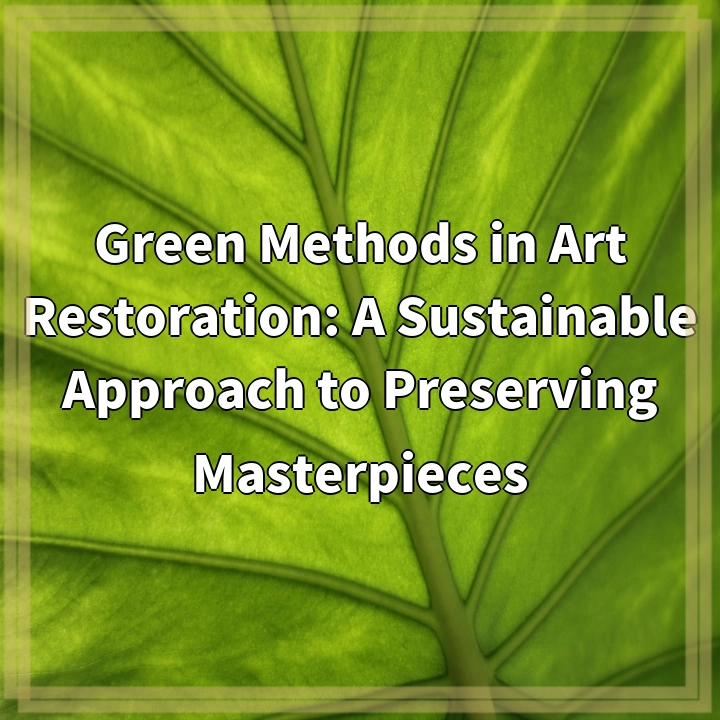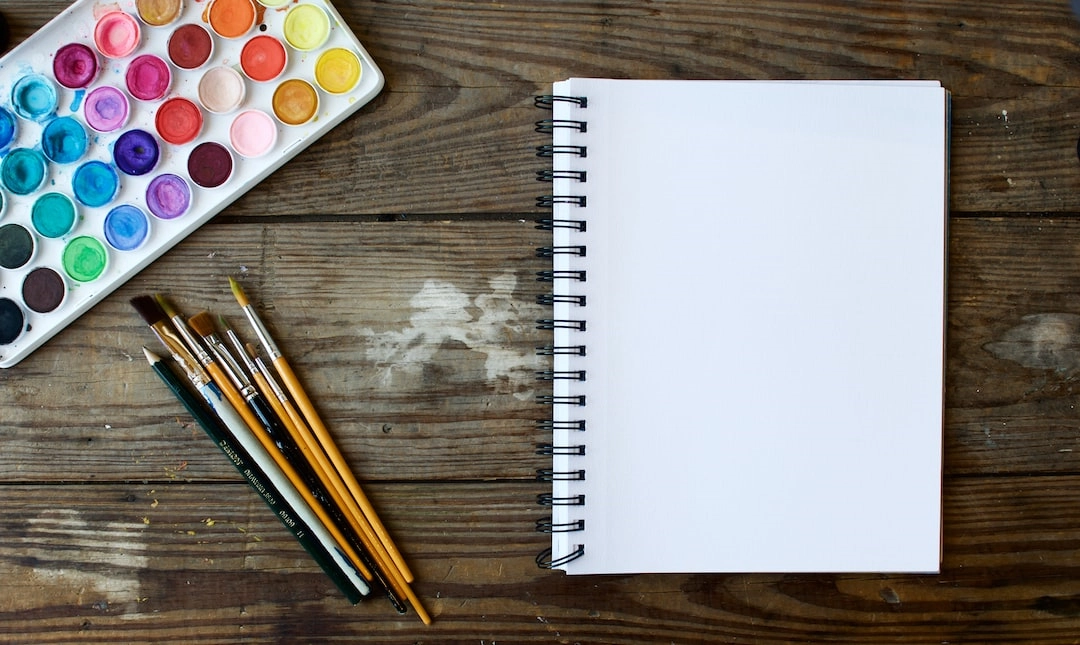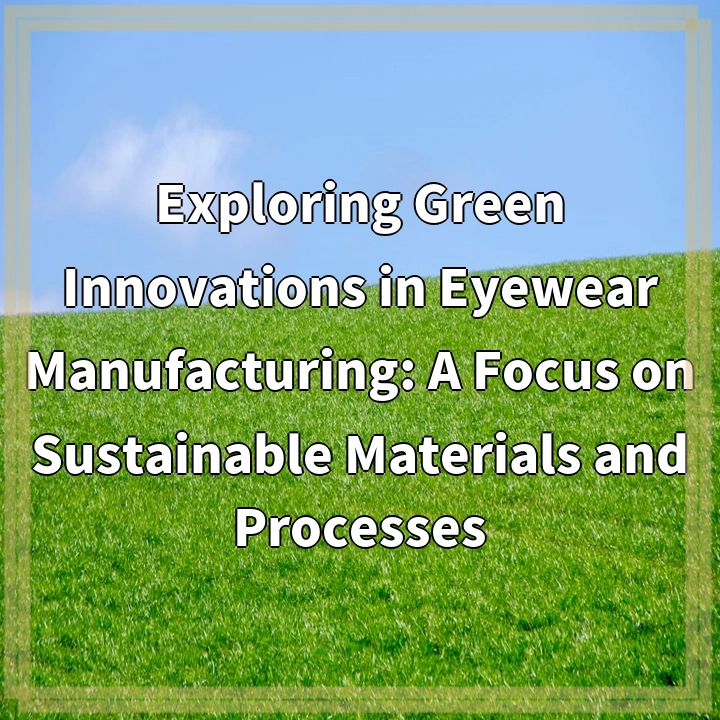
What it is:
Green methods in art restoration refer to the use of environmentally friendly techniques and materials in the preservation and restoration of artworks. This approach emphasizes sustainability, minimizing the negative impact on the environment and human health while ensuring the long-term conservation of artistic masterpieces.
Real-world problems:
Despite the significance of art restoration in preserving cultural heritage, traditional restoration methods often pose environmental challenges. Some of the real-world problems associated with conventional approaches include:
1. Chemical pollution:
Traditional restoration materials such as solvents, varnishes, and adhesives often contain harmful chemicals that can be hazardous to both the conservators and the environment. Improper disposal of these chemicals can lead to soil and water contamination, negatively impacting ecosystems.
2. Energy consumption:
The restoration process often involves the use of energy-intensive machinery and equipment, including climate control systems, lighting, and cleaning devices. These energy needs contribute to carbon emissions and contribute to the overall environmental footprint of art restoration studios and facilities.
3. Waste generation:
Traditional restoration processes generate a significant amount of waste, including paint residues, solvents, and packaging materials. Improper disposal of waste can lead to additional environmental pollution and the depletion of natural resources.
4. Health risks for conservators:
Conservators working with toxic chemicals and inhaling hazardous fumes during the restoration process face potential health risks, including respiratory problems, skin irritations, and long-term complications. These health hazards highlight the need for safer alternatives in the field of art restoration.
Addressing these real-world problems through the adoption of green methods in art restoration is crucial for sustainable cultural heritage preservation. By utilizing eco-friendly materials, reducing energy consumption, minimizing waste generation, and prioritizing the safety of conservators, a holistic and sustainable approach to art restoration can be achieved.

Solutions to the Real-World Problems:
1. Embracing eco-friendly materials:
By transitioning to environmentally friendly materials, such as non-toxic solvents and adhesives, art conservators can reduce chemical pollution and minimize health risks. Using biodegradable and renewable materials for restoration projects can also contribute to a more sustainable approach.
2. Incorporating energy-efficient practices:
Implementing energy-efficient measures in art restoration studios and facilities can help reduce the environmental impact. This can involve using energy-efficient lighting systems, optimizing climate control to minimize energy consumption, and adopting sustainable energy sources where feasible.
3. Implementing waste management strategies:
Art restoration studios can implement effective waste management strategies, including proper disposal and recycling of waste materials. Incorporating recycling programs for paint residues, paper, and packaging materials can significantly reduce the overall waste generated during the restoration process.
4. Prioritizing conservator safety:
Ensuring the safety and well-being of conservators is essential. This can be achieved by providing personal protective equipment, proper ventilation systems, and training on safe handling of materials. Creating a healthy work environment promotes both environmental sustainability and human health.
By adopting these solutions, art restoration can transition towards a more sustainable and eco-friendly approach. By addressing the real-world problems associated with traditional restoration practices, the preservation of artistic masterpieces can be safeguarded for future generations while minimizing the environmental impact.















